Varities of Different Warehouse Racking Systems
The Different Warehouse Racking Systems
Selecting the right warehouse racking system usually proves to be an exhausting task due to the wide variety of racking systems available in the market. The best way to avoid getting overwhelmed with this task is to consider the factors mentioned above. The right warehouse racking system will help you maximize your space for proper inventory management and also help streamline warehouse processes.
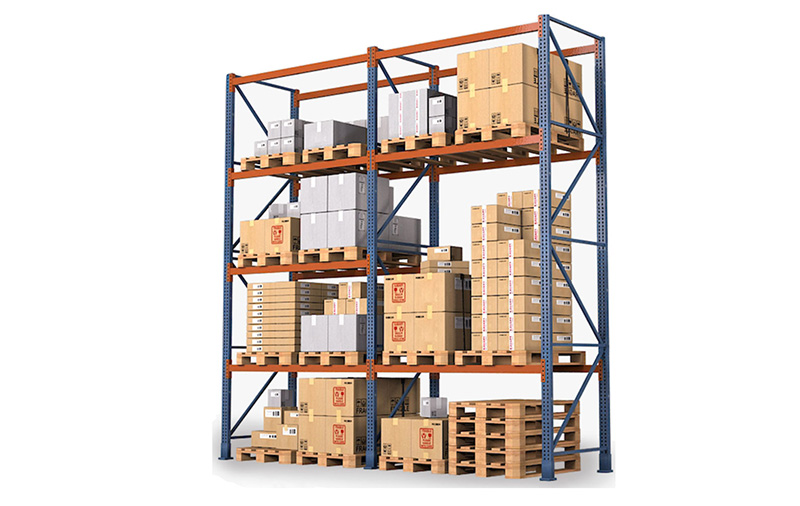
Selective Racking System:
The selective racking system is the most popular racking system due to its inexpensive design and its having the largest selection of sizes and accessories. This racking system is excellent for standard storage for all requirements that call for immediate access to products.
• Budget: $45 – $65 per pallet
• Floor Utilization: 40%
• Storage Utilization: 90 – 95%
• Forklift Accessibility: More than one forklift can be used due to wider aisles and multiple access.
• Versatility: Can handle different types of goods.
• Inventory Management: First in, First Out (FIFO)
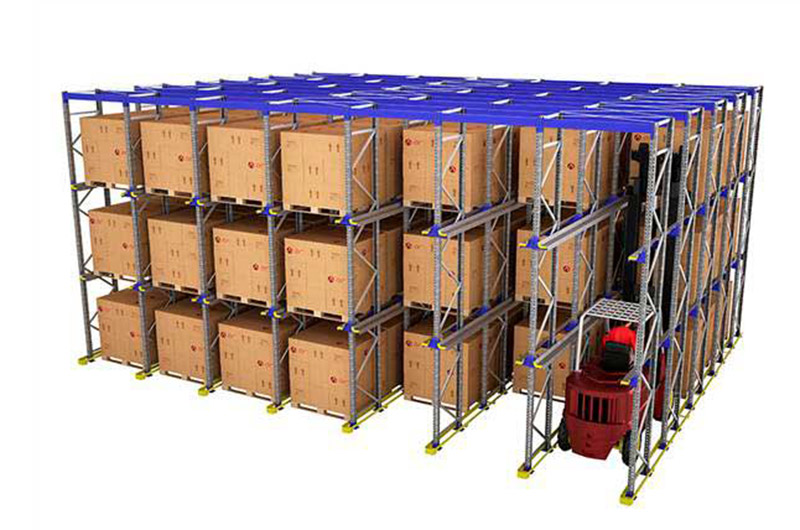
Drive-In Racking System:
The drive-in racking system offers maximum density storage of products in your warehouse. It eliminates aisles in a warehouse facility and is excellent for storing large amounts of similar products in limited space.
• Budget: $160 – $185 per pallet
• Floor Utilization: 65%
• Storage Utilization: 60 – 65%
• Forklift Accessibility: Supports forklifts.
• Versatility: Products cannot be mixed in each row.
• Inventory Management: Last In, First Out (LIFO)
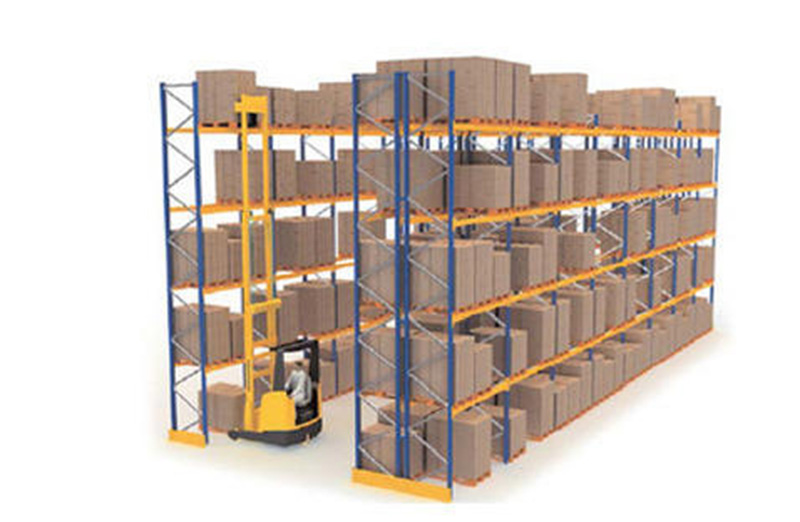
Double-Deep Racking System:
The double deep racking system is a variant that provides a nice increase in density but requires special equipment (extendable forks) and is slower to operate. It is the best compromise between a selective and a high-density racking system.
• Budget: $50 – $70 per pallet
• Floor Utilization: 60%
• Storage Utilization: 85 – 90%
• Forklift Accessibility: Supports forklifts with extendable forks.
• Versatility: Best for storing the same SKU items.
• Inventory Management: First In, Last Out (FILO)
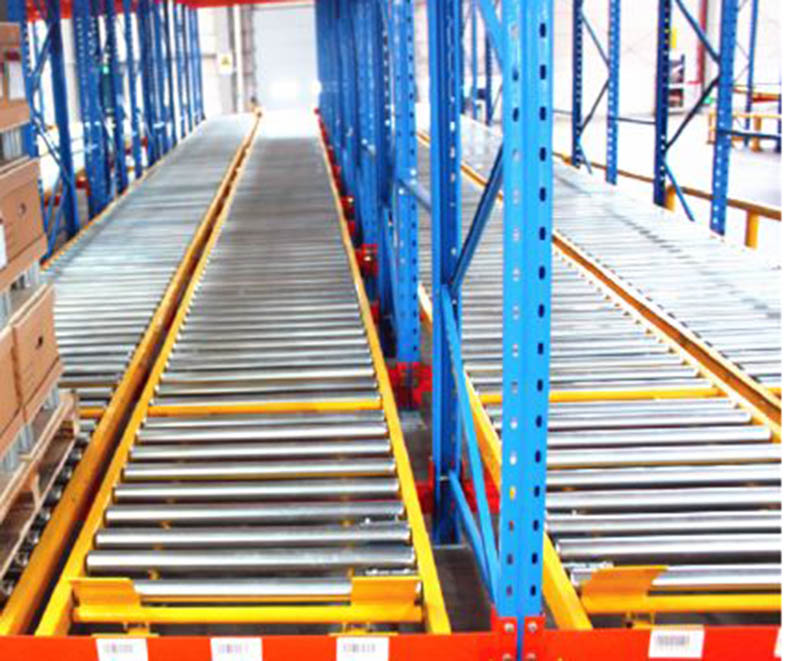
Pallet Flow/Live Racking System:
Pallet flow racks are a high-density storage system that uses a combination of elevated rails and dynamic components such as gravity rollers, conveyors, etc. These warehouse storage racks use the power of gravity. Using this racking system can double or even triple the storage capacity of your warehouse and is better utilized for expiration-date-sensitive products.
• Budget: $170 – $185 per pallet
• Floor Utilization: 70 – 75%
• Storage Utilization: 85 – 90%
• Forklift Accessibility: Supports forklifts.
• Versatility: Best for storing the same SKU items and high-volume items.
• Inventory Management: First In, First Out (FIFO)
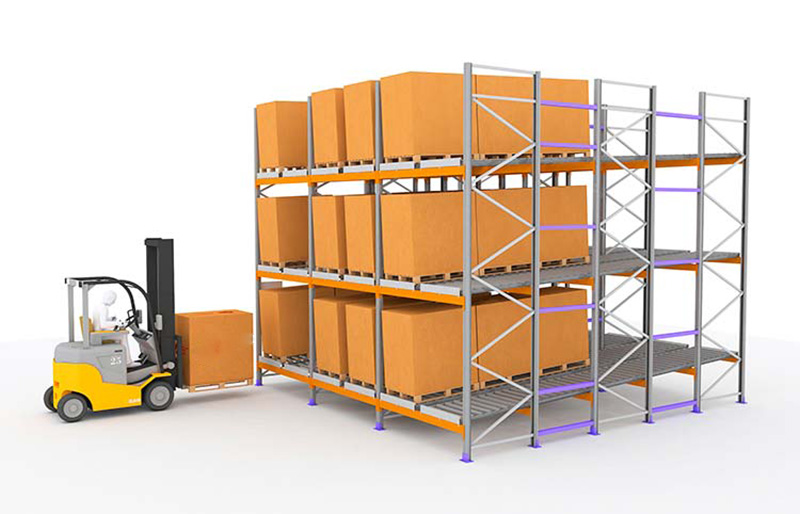
Push Back Racking System:
The push back pallet racking system offers more pallet storage while also maintaining better selectivity as different lanes are used for each SKU, making them easier to locate, pick, or put-away. Push back warehouse storage racks use front loading/unloading, which eliminates the need for multiple aisles.
• Budget: $275 – $295 per pallet
• Floor Utilization: 75%
• Storage Utilization: 75%
• Forklift Accessibility: Supports forklifts.
• Versatility: Best for storing the same SKU items.
• Inventory Management: Last In, First Out (LIFO)
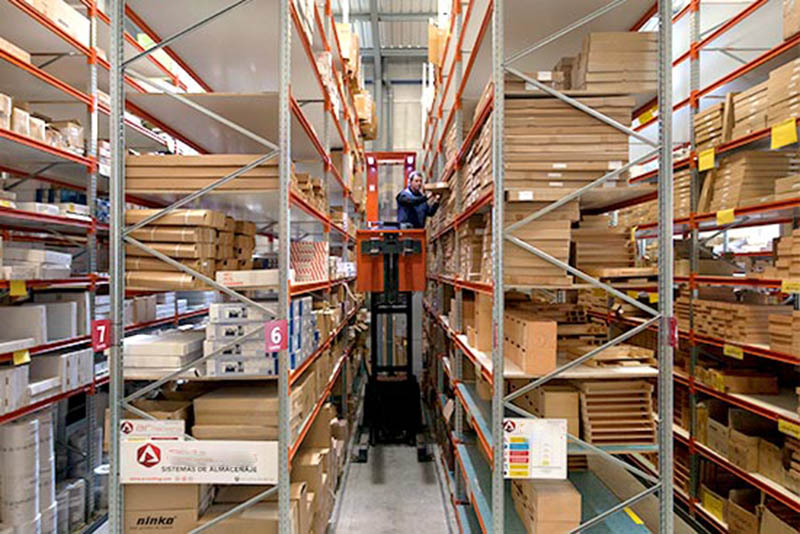
Narrow Aisle Racking System:
Narrow aisle racking emulates the characteristics of selective racking, which offers better access to every pallet. The warehouse storage racks set up high-density storage by making better use of the floor area and roof height.
• Budget: $50 – $60 per pallet
• Floor Utilization: 90%
• Storage Utilization: 95%
• Forklift Accessibility: Not accessible by regular forklift, needs articulated trucks or turret trucks.
• Versatility: A variety of items can be stored.
• Inventory Management: First In, First Out (FIFO)